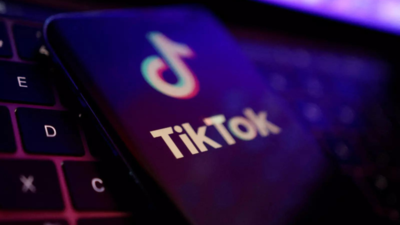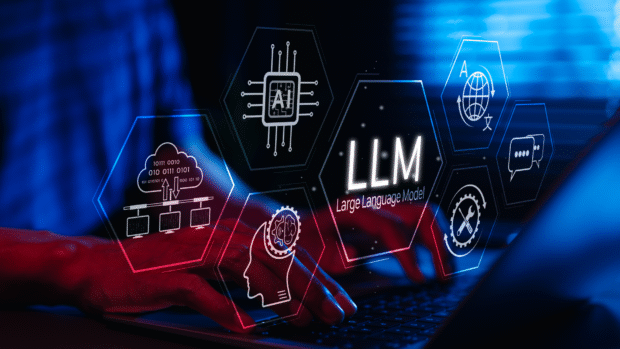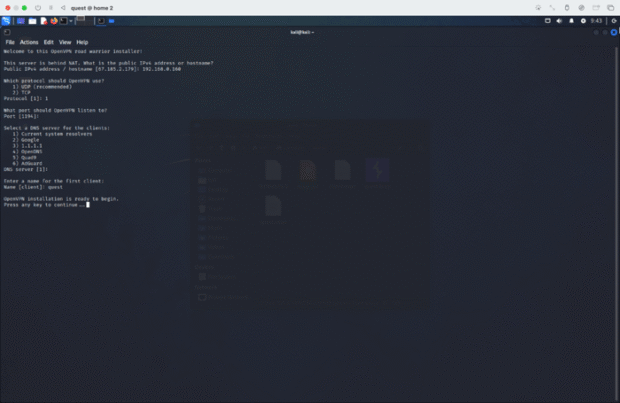
Essential Guide to Cyber Forensics for Modern Security Teams
In today’s digital world, cyberattacks are happening more frequently—and they’re getting smarter. Businesses, governments, and individuals are constantly under threat from hackers trying to steal data or cause disruption. That’s where cyber forensics comes in. If you’ve ever wondered how investigators trace a cybercrime back to the source, you’re about to find out.
What Is Cyber Forensics, Really?
Think of cyber forensics like a digital detective job. Just like detectives collect clues at a crime scene, cyber forensic experts collect digital evidence after a cyberattack. Their goal? Figure out what happened, how it happened, and who did it.
Cyber forensic specialists dig deep into computers, servers, emails, logs, and other data to find out where the breach started. This process helps organizations not only recover from attacks but also strengthen their defenses for the future.
Why Cyber Forensics Matters More Than Ever
Let’s face it—cybercrime isn’t going anywhere. In fact, it’s only getting worse. From ransomware and phishing scams to insider threats, the list keeps growing. Cyber forensics is your organization’s way of saying, “We’re prepared.”
Here’s why it’s crucial:
- Speedy Incident Response: The faster you know what’s happening, the quicker you can act.
- Legal Documentation: If you want to take legal action or claim insurance, you need solid evidence.
- Root Cause Analysis: Forensics helps uncover vulnerabilities you didn’t realize existed.
- Peace of Mind: Knowing the issue is understood and addressed brings a sense of control back during chaos.
Breaking Down the Cyber Forensics Process
Let’s walk through a simplified version of how a cyber forensics investigation works. Think of it like piecing together a puzzle.
1. Identification
This is where it all starts. Investigators recognize something unusual—a data breach report, a red-flag security alert, or suspicious activity. They pinpoint which devices or networks might be compromised.
2. Preservation
Imagine trying to catch a thief, but someone erases the video footage. That’s why keeping the digital evidence safe and untouched is so important. Investigators make sure nothing gets altered or lost during the process.
3. Collection
Now, they roll up their sleeves and start gathering data. This could include:
- Log files from servers
- Emails that may contain phishing links
- Browser history or downloaded files
- Network traffic snapshots
Every little detail might be a clue.
4. Analysis
Ready for the detective work? This phase is all about finding patterns, tracing digital footprints, and uncovering how the attacker gained access. Investigators also look for signs like malware or code injections.
5. Reporting
Finally, all the findings are compiled into a report. This document is usually presented to company leaders, legal teams, and sometimes even law enforcement. It spells out what happened, how it happened, and what actions were taken.
Common Types of Digital Evidence
You might be surprised at what qualifies as “digital evidence.” We’re not just talking USB drives.
- Emails: Especially those involved in phishing or suspicious behavior.
- Chat logs: Messages sent through company platforms or third-party services.
- System logs: Computer behavior, login times, or unexpected user activity.
- Metadata: Data about the data (like time stamps or authorship).
Anything that helps tell the story is considered valid digital evidence in a cyber forensics case.
Who Performs Cyber Forensic Investigations?
You don’t need to be a tech genius—but let’s be honest, it helps. Cyber forensic investigators usually have a mix of IT knowledge, cybersecurity expertise, and an eye for detail. Most of them have worked in areas like:
- Information security
- Law enforcement
- Risk management
If you’ve ever seen a hacker movie where someone yells, “Trace that IP!”—that’s the kind of skill we’re talking about (but with fewer dramatic camera angles).
Tools of the Trade
No capes here, but forensic professionals do rely on powerful tools. These aren’t your everyday apps—they’re made specifically for scanning, analyzing, and reporting digital activity.
Some popular tools include:
- EnCase: A well-known digital forensics software for law enforcement.
- FTK (Forensic Toolkit): Helpful for scanning large amounts of data fast.
- Splunk: Super useful for searching security logs and uncovering anomalies.
These tools help investigators cut through digital noise to find the hidden truth.
Cyber Forensics vs. Cybersecurity: What’s the Difference?
Here’s a common question: aren’t cyber forensics and cybersecurity the same thing? Not quite!
Think of cybersecurity as a bodyguard—it protects your systems before something bad happens. Cyber forensics steps in after the damage is done, to understand what went wrong.
Both work hand-in-hand. One builds strong walls; the other tells you how the intruder got in so you can patch the hole.
Real-World Use Case: From Breach to Breakthrough
Let’s say a local bank’s server was hacked, and customer information leaked. Panic sets in. That’s when cyber forensic specialists get the call. They analyze logs, trace activity, and discover that the attack came from a phishing email clicked by an employee.
With this info, the bank can improve its training, eliminate the vulnerability, and have the proof needed to take legal steps. In short, damage control becomes smarter, faster, and more effective.
How Modern Security Teams Are Adapting
With threats evolving, security teams are adapting fast. Many now integrate cyber forensics into their standard security operations.
Some modern strategies include:
- Automated threat detection: Using AI to catch suspicious behavior early
- Unified security platforms: Like Splunk, combining monitoring, alerting, and forensic tools
- Regular cyber drills: Practicing how to respond to attacks before the real deal happens
How to Prepare Your Team
Don’t wait for a cyber event to start thinking about forensics. There are simple steps every business can take today:
- Train your staff: Human error often opens the door for attackers.
- Maintain system logs: Without them, forensic teams are flying blind.
- Invest in the right tools: Splunk and other platforms can make or break an investigation.
Final Thoughts
Cyber forensics is no longer a luxury—it’s a necessity. Whether you’re a small business owner or part of a massive security team, understanding how to investigate and learn from cyber incidents is key to long-term success.
So, the next time someone clicks on the wrong link or a system starts acting strange, don’t panic. With a solid cyber forensics plan in place, you’ll be ready to face whatever comes your way.
Want to learn more?
Explore cybersecurity tools like Splunk, invest in employee training, and always stay curious. After all, in the world of cyber forensics, every clue counts.











Be the first to leave a comment